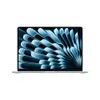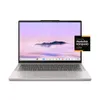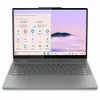I’m shocked at how well Snapdragon X2 Elite can play games with Cyberpunk hitting over 75 FPS in my testing

It’s almost time for Snapdragon X2 Elite laptops to make their grand debut, and in the midst of all the benchmarking I got to do at Qualcomm’s campus in San Diego, I got the chance to do one thing I never thought I’d be allowed to: play games.
Because it is clear from the first-gen chips that gaming was a bit of a weak point for these laptops over the likes of Intel and AMD-armed systems. But once I walked into the room and saw the likes of Cyberpunk 2077 running at over 75 FPS, and Black Myth: Wukong at over 90 FPS, I’m certain that Qualcomm has addressed this issue.
The common misconception
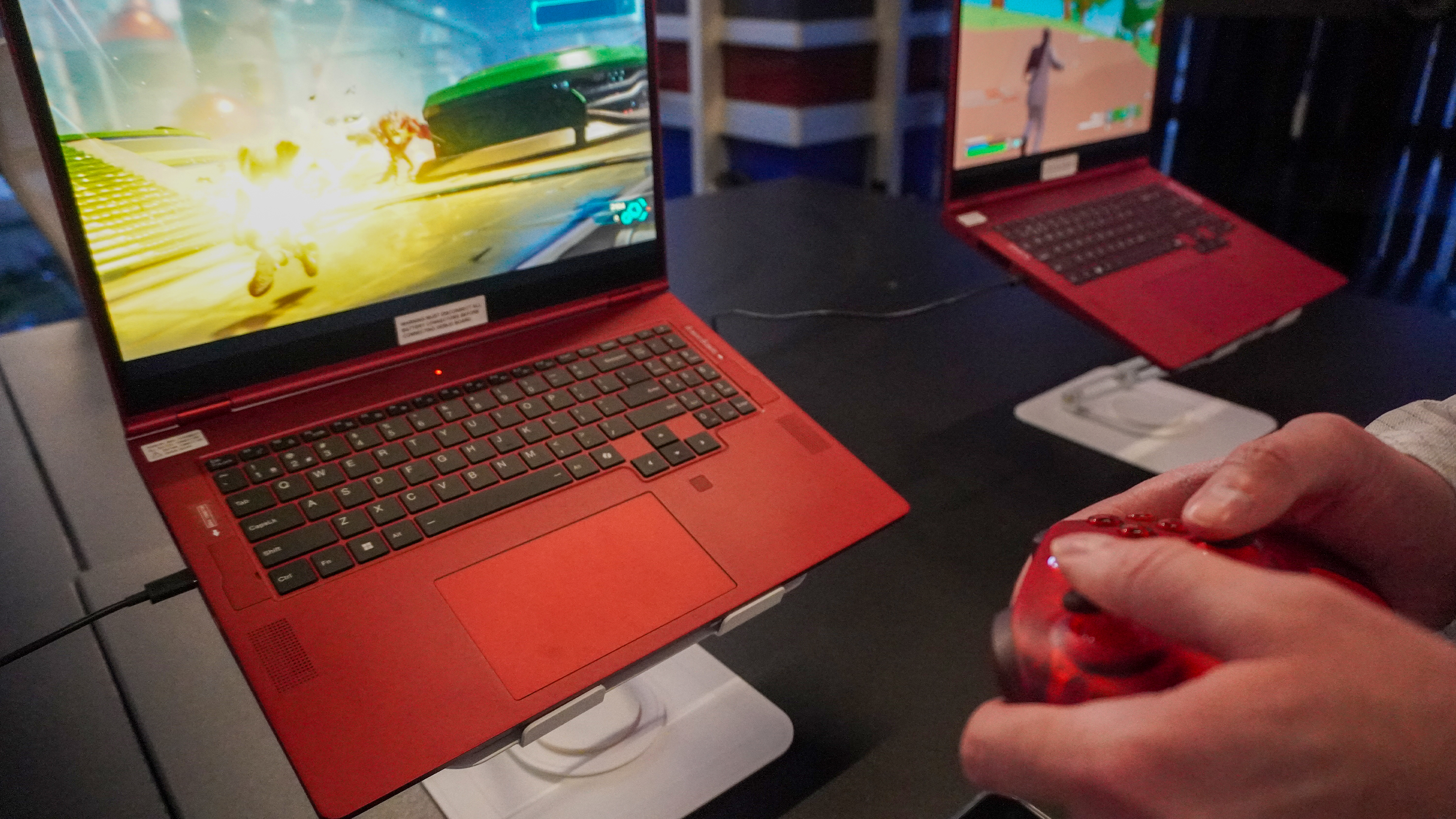
So something that is spoken about a lot when it comes to gaming is that of compatibility, but a common mistake made here is to blame the chip as a whole — both the CPU and GPU. That’s not the case.
That GPU is 2.3x faster than the original X Elite and sports DirectX 12 Ultimate native support. The real issue comes down to taking those game instructions the CPU gives to the GPU and translating them from x86 to ARM — the two different chip architectures Windows laptops have.
So while the GPU has seen a massive upgrade, it’s really going to be those 3rd-generation Oryon CPU cores and the faster memory bandwidth that come into play here. And the results are surprising.
Let’s play
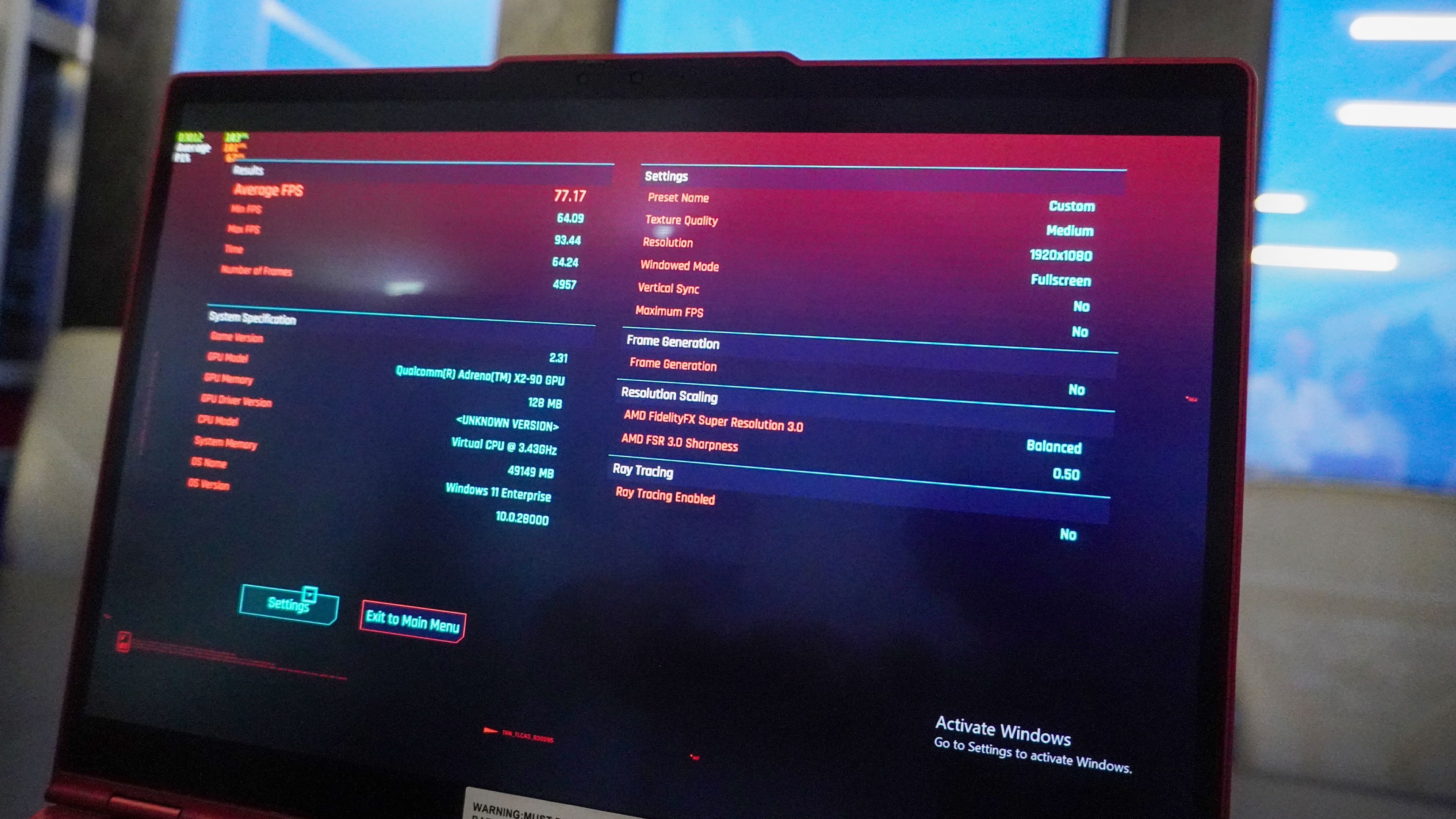
One of the big wins Qualcomm has achieved here is anti-cheat software compatibility. This was one of the main game killers that stopped a lot of titles from working, but the hard work has paid off. For example, Fortnite and Overwatch 2 are now working flawlessly here, and not only that, they run at 120 FPS.
Moving into single-player epics like Cyberpunk 2077, you can get it running at over 75 FPS with 1080p medium settings and FSR turned on. Switch ray tracing on, and that goes down to a still playable 52 FPS.
Get instant access to breaking news, the hottest reviews, great deals and helpful tips.
And yes, I did mention FSR. Did you know AMD’s FidelityFX Super Resolution (FSR) scaling tech works on Snapdragon systems? Since it's an open-source standard, Qualcomm can piggyback on it and offer these far better frame rates.
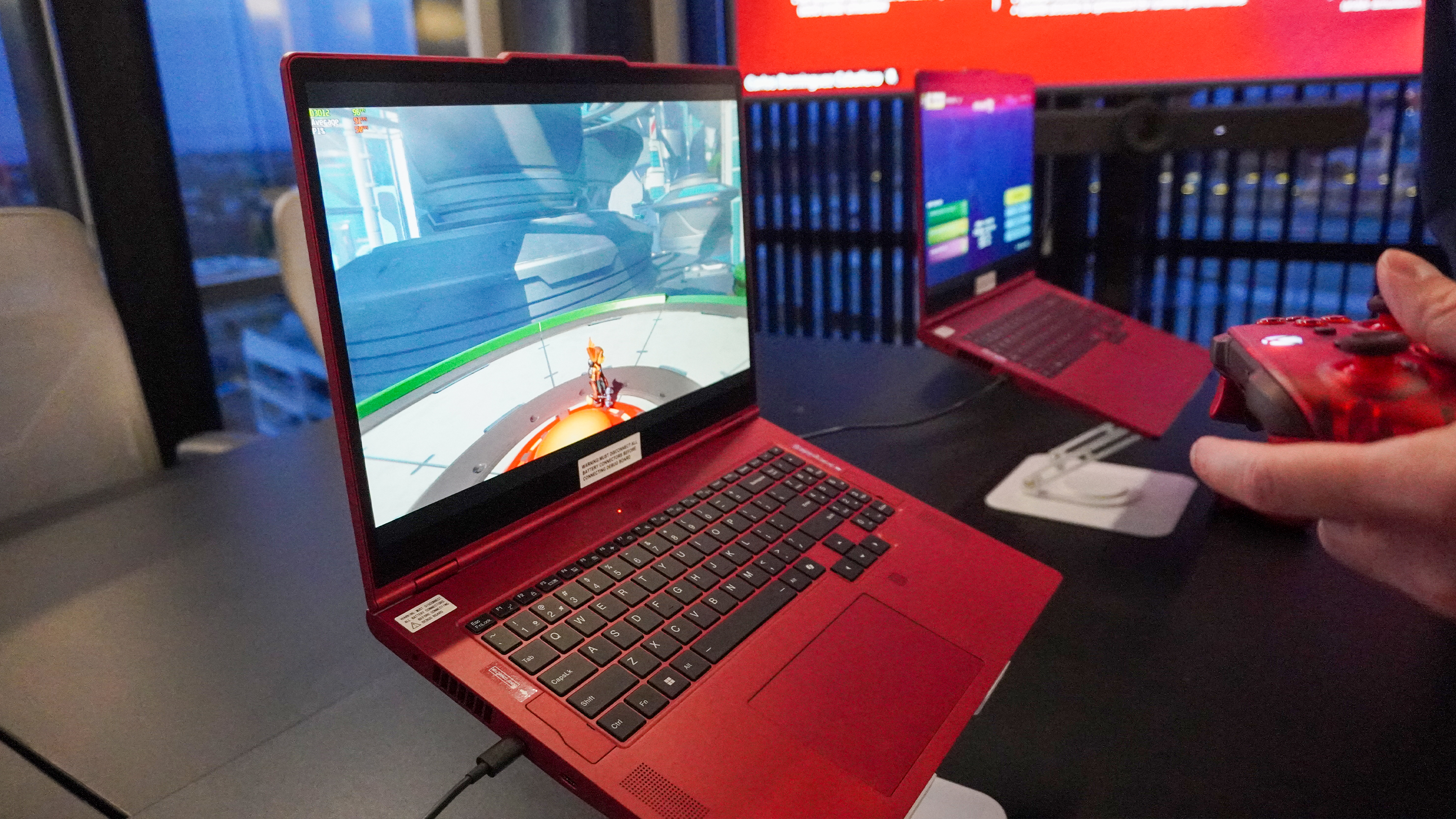
Not to say there aren’t some stumbles here. Ratchet and Clank: Rift Apart runs at a nicely smooth 85 FPS, but the 1% lows (average of the lowest frame rates) hit 44 FPS in my testing — a good indicator that some stuttering of loading between scenes does happen.
But elsewhere, Black Myth: Wukong managed to hit over 90 FPS at 1080p Medium. This is a solid slate of challenging AAA titles, and the X2 Elite took them all in its stride.
A notebook you can play games on

X2 Elite’s gaming performance is damn impressive, but not the best you can get on integrated graphics. The Xe3 cores of Intel Panther Lake, plus the x86 architecture of that chip, looks primed to blaze past it — especially when it comes to the new resolution scaling and multi-frame-gen XeSS tech Team Blue’s bringing to the table for it.
But picking between them is a matter of perspective: do you want a laptop that can play games, or a laptop that can “just so happen” to play games? Meaning if some AAA gaming is a required part of your notebook checklist, then Intel’s probably a better direction to head.
However, if you have a Steam library gathering dust that you jump into every now and again (meaning it’s not your priority, but you’d like the option), then the faster speeds elsewhere of the Snapdragon X2 Elite make it a better all-around chip.

Follow Tom's Guide on Google News and add us as a preferred source to get our up-to-date news, analysis, and reviews in your feeds.
More from Tom's Guide
- The M5 MacBook Pro just came out and it's already $100 off in this killer Black Friday deal!
- Black Friday gaming laptop deals live — save up to $1,100 on RTX 50 laptops right now
- 31+ Black Friday laptop deals up to 64% off — massive savings on MacBooks, Windows laptops, Chromebooks and more

Jason brings a decade of tech and gaming journalism experience to his role as a Managing Editor of Computing at Tom's Guide. He has previously written for Laptop Mag, Tom's Hardware, Kotaku, Stuff and BBC Science Focus. In his spare time, you'll find Jason looking for good dogs to pet or thinking about eating pizza if he isn't already.
You must confirm your public display name before commenting
Please logout and then login again, you will then be prompted to enter your display name.

